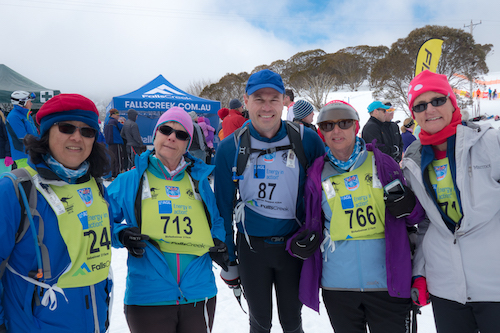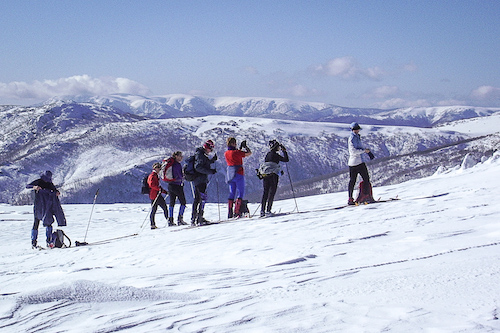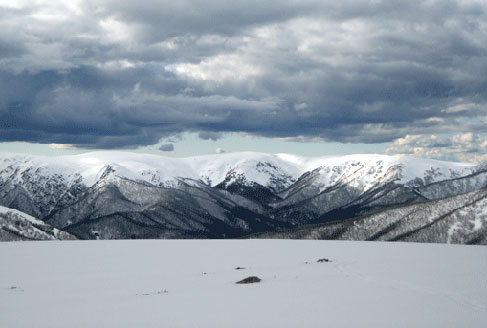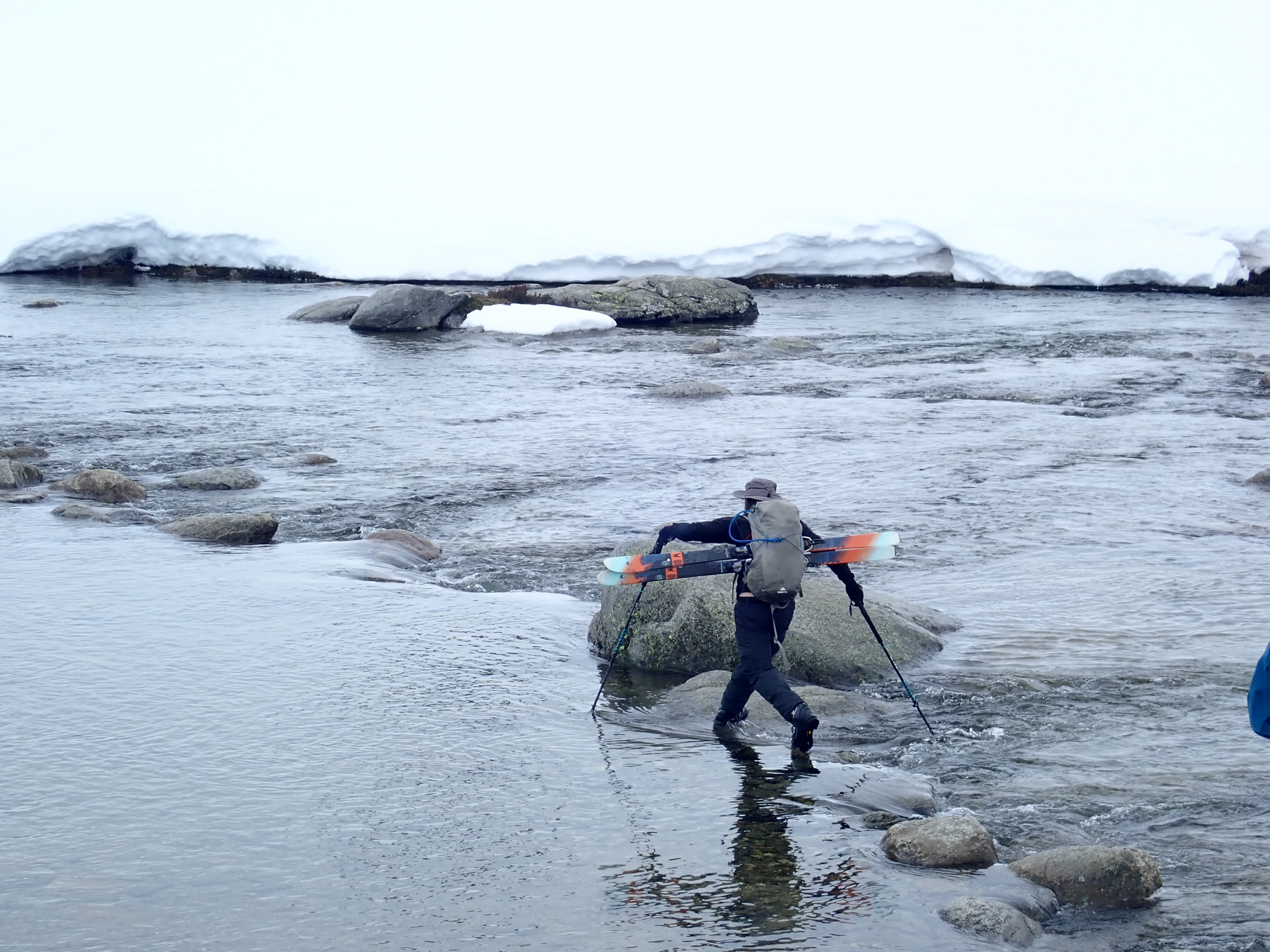Always learning ×
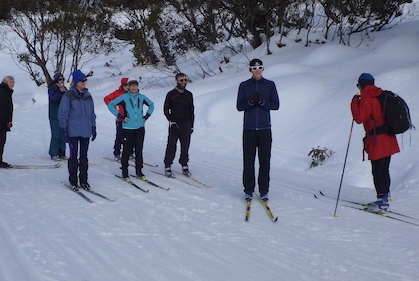
We offer formal instruction to our club members, particularly focussed on beginner skiers. In addition, experienced members of our club are always happy to share advice on cross country skiing technique.
Ski Technique
Cross-country skiing technique
The basic movement on skis with a grip pattern is the Classic or 'diagonal striding' - an exaggerated glide & walk. By pushing backwards with (say) the left foot, the right ski commences to glide forward. When it stops, bring the left foot forward, with ski in light-contact or just above the snow. Ascents of moderate slopes are possible. The boot-heel is free and rises off cross-country (XC) skis.
Trails are nicely groomed by machines by compacting fallen snow, and, to assist in directional control, two adjacent tracks (grooves) of ski-width are formed into the snow for 'diagonal striders' (as opposed to 'skaters'). If you want to stop for a while, exit from the tracks to allow others to pass easily. XC skaters use the groomed trails, but not the grooves.
For slow downhill turning, adopt the snowplough position (above), then transfer some body-weight to the outer leg/ski - yes, the one on the outside of the turn!! Leaning into a turn is definitely not the way to do it. But these are techniques you will of course learn more about when you take the lesson!
When you are more confident you may want to learn Skating technique or Telemarking.

Ski etiquette / Safety suggestions
- Check that you have all of your gear before you leave home and at the Car Park (it might look fine but the weather can change quickly!)
- Let your driver/passengers know when you plan to return for the drive home.
- Ski with a group (at least in pairs).
- Don't ski too far ahead; wait for other skiers to catch up, stop at turnoffs in the ski trail!
- If you want to leave the tour or the organized lessons please let one of the Melbourne Nordic Executive Members or your trip leader know where you are going and when you plan to return.
- Carry your mobile phone in a plastic bag or zip lock bag to keep it dry.
- Carry other safety gear such as a heat blanket, plenty of water and any personal safety items.
- Be cooperative and look out for each other, especially if the weather takes a turn for the worse.

